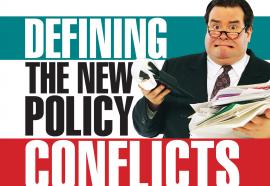Letters to the Editor
Robert Garvin, MAJ, TC, 3RD Corps Support Command: Serving here and seeing how poor the people of Iraq are after 30 years of a dictatorship is truly life changing. You would not believe the electricity challenges they face here. In a country of over 25 million people, Iraq has only about 5,000 MW of electricity at any given time.
Daniel Simon decided to investigate how much the extra heat of incandescent light bulbs over CFLs might cost a customer in air-conditioning cooling costs, compared to an analysis in “Squeezing BTUs From Light Bulbs.”











